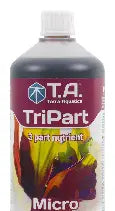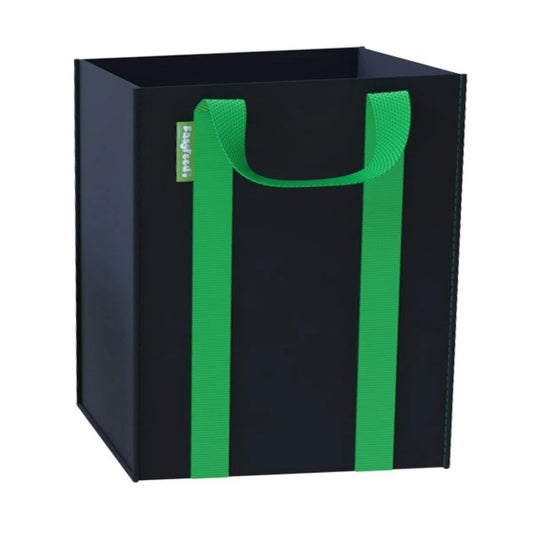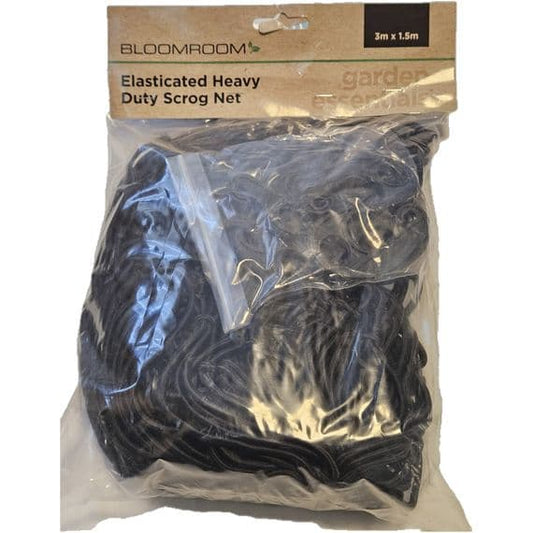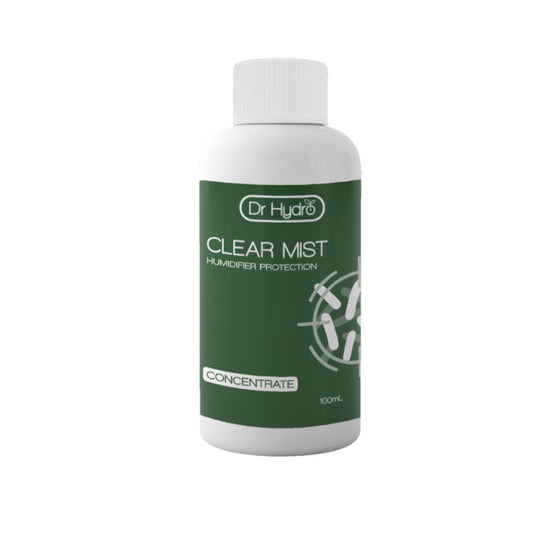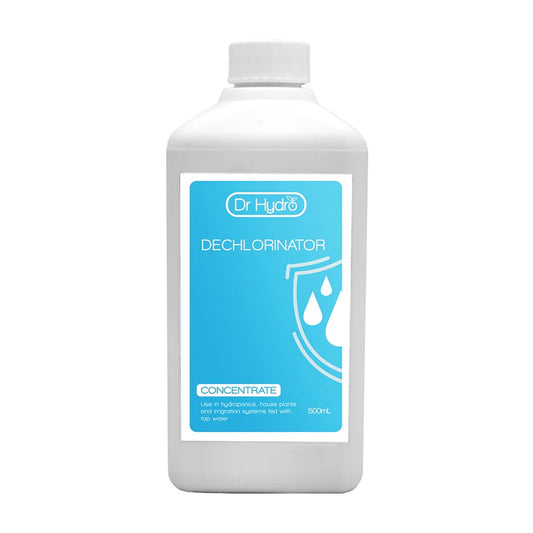Help! My Houseplant Has Webs: Your Guide to Finding, Getting Rid of, and Preventing Spider Mites
Help! My Houseplant Has Webs: Your Guide to Finding, Getting Rid of, and Preventing Spider Mites
You’ve watered, provided sunlight, and even talked to your beloved indoor plants. But one day, you notice something is off. The leaves look a little dull, maybe there are some tiny yellow spots, and… is that a delicate, silky web on your new monstera leaf? Don’t panic! You’ve likely encountered one of the most common indoor garden pests: the spider mite.
At The Green Corner, we know how disheartening it can be to find pests on your plant babies. The good news is that with a little knowledge and persistence, you can win this battle. Here's your complete guide to identifying, eliminating, and preventing spider mites for good.
Step 1: Identify the Invader
Spider mites are not actually insects; they're tiny arachnids, related to spiders. They are incredibly small and can be hard to spot with the naked eye. They feed by piercing plant cells and sucking out the contents, which slowly damages the plant.
Here’s how to confirm you have a spider mite problem:
Look for Stippling: The earliest sign is often tiny yellow or white speckles on the leaves. This is the damage from their feeding.
Spot the Webbing: Their signature is fine, silk-like webbing, especially around the stems, new growth, and on the undersides of leaves. This is usually a sign of a more established infestation.
The White Paper Test: Hold a piece of white paper under a suspicious leaf and gently tap the leaf. If tiny specks fall onto the paper and start to move, you've found your culprits. They can be red, brown, yellow, or green.
Step 2: Eliminate the Infestation
Once you’ve confirmed you have spider mites, it's crucial to act fast to prevent them from spreading to other plants.
Quarantine Immediately: The first thing you should do is move the infested plant far away from all your other houseplants.
Give It a Shower: Take the plant to your sink or shower and use a steady stream of lukewarm water to blast as many mites and webs off the leaves as possible. Be sure to spray the undersides of the leaves, as that’s where they love to hide.
Use an Insecticidal Soap: An insecticidal soap spray is a safe and effective next step. While you can make a simple version at home, we recommend a ready-to-use insecticidal soap. These are specially formulated to be tough on pests but gentle on most plants, ensuring the correct concentration for maximum effect.
Step Up Your Treatment with a Targeted Spray: For more stubborn infestations, a botanical-based miticide is an excellent choice. These sprays use plant-derived ingredients to disrupt the mites' entire life cycle, from egg to adult. They are a powerful, natural option for getting an infestation under control quickly.
https://greencornerhydroponics.co.uk/collections/disease-pest-control
Important: Whichever product you choose, always follow the label instructions. You will need to repeat the treatment every 4-7 days for a few weeks to ensure you eliminate newly hatched mites.
Step 3: Prevent Their Return
Winning the battle is one thing; winning the war is another. To keep spider mites from coming back, you need to make your indoor garden an inhospitable place for them.
Boost the Humidity: Spider mites thrive in hot, dry conditions. The single best way to prevent them is to increase the humidity around your plants. You can do this by using a humidifier, misting your plants a few times a week, or placing them on pebble trays filled with water.
Wipe Your Leaves: Every week or two, take a damp cloth and gently wipe down the leaves of your plants. This not only keeps them looking shiny and beautiful but also physically removes any dust, eggs, or pests that might be settling in.
Inspect Regularly: Make it a habit to check your plants for any early signs of pests each time you water. Catching an infestation early makes it much easier to manage.
Isolate New Plants: Always keep new plants separate from the rest of your collection for at least a month. This gives you time to ensure they haven’t brought any unwanted guests into your home.
Dealing with pests is a natural part of being a plant parent. Don't be discouraged! With these steps and the right products, you can protect your green corner and keep your plants healthy, happy, and pest-free.
Happy Gardening!
